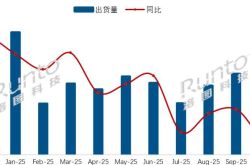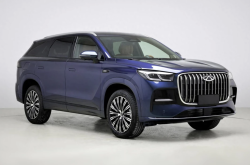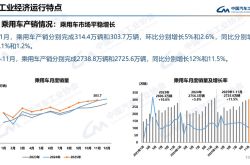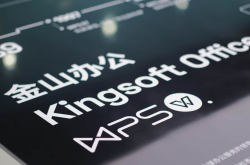Lenovo's Latest Laptop Unveils "Forehead Bulge" Design, Continuing the Battle for Laptop Bezels
![]() 08/13 2025
08/13 2025
![]() 631
631
Consider MacBook taking inspiration from its competitors.
Recently, Lenovo unveiled the new ThinkPad S2 AI 2025 laptop. In terms of specifications, the S2 AI 2025 can be described as "average" — featuring a Core Ultra 5-225U (or Ultra 7-255U) processor, 32GB of RAM, and a 1TB SSD, it offers competitive value at a price of 6500 yuan.
However, today, we wish to discuss not the hardware specifications of the S2 AI 2025, but its product design. Lenovo has employed a new mold in this laptop, introducing the company's frequently used "forehead bulge" design from recent years.
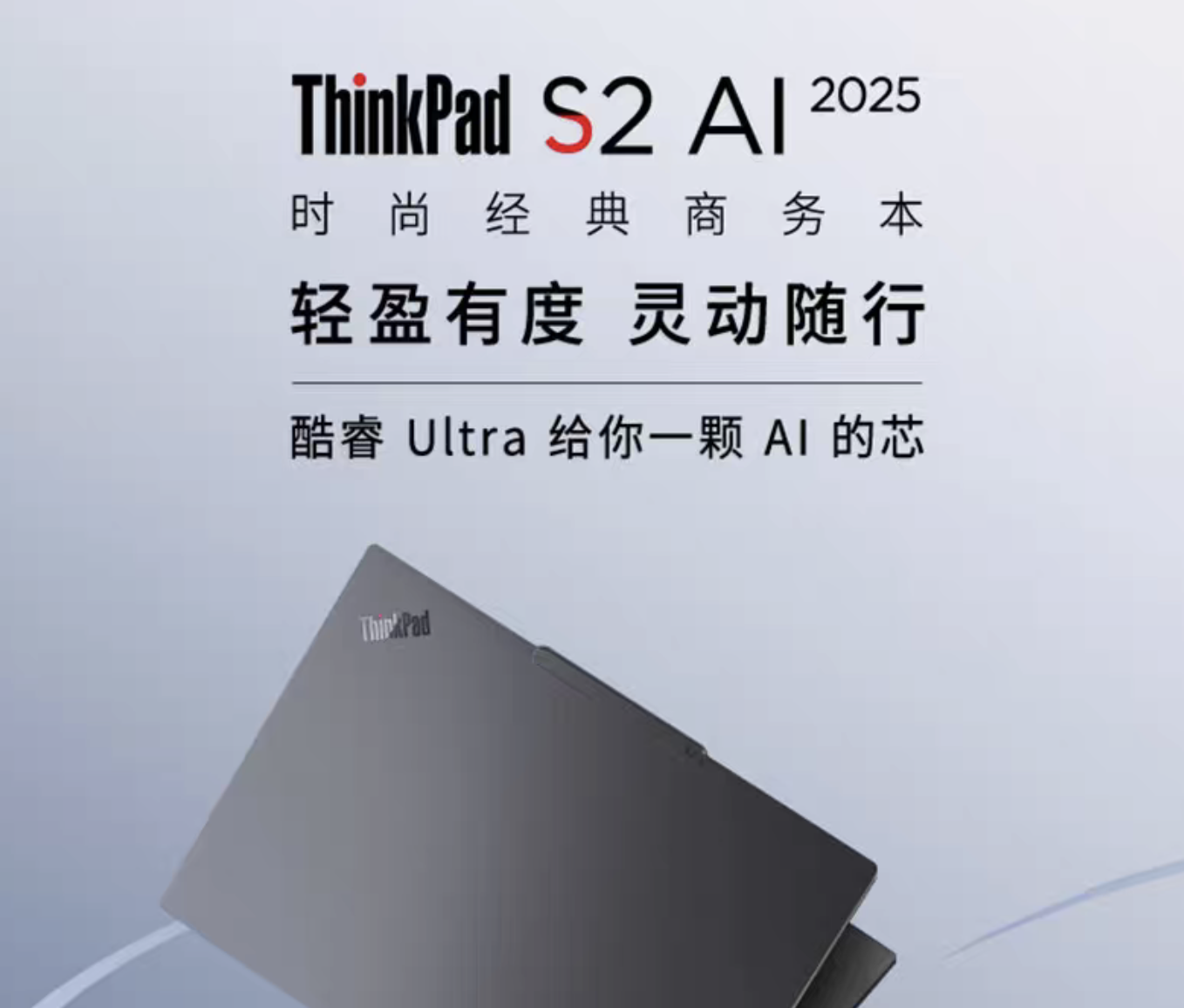
Image source: Lenovo
In the blink of an eye, Lenovo's "once seen as whimsical, now considered a stroke of genius" forehead bulge design has reached its seventh year. Recall CES 2019, where Lenovo introduced the new Yoga laptop S940, signifying that the Yoga brand had also "upgraded" from its previous 2-in-1 product line to become Lenovo's high-end consumer-grade laptop series, no longer confined to 2-in-1 forms.
For the entire laptop industry, the emergence of the Yoga S940 marked a "more elegant" approach to increasing screen-to-body ratios. Before the Yoga S940, manufacturers had already experimented with numerous methods to achieve this.
After all, for consumers, a higher screen-to-body ratio promises a more immersive visual experience, while also allowing larger screen areas within the same dimensions. For manufacturers, it's a design direction that can highlight appearance, differentiation, and brand identity.
The most common method is to narrow the screen borders. Dell can be considered a "pioneer" in this field: As early as 2015, the XPS 13 amazed the industry with its "extremely narrow three-sided borders" — at a time when mainstream laptops still had borders measuring "centimeters".
However, this aggressive design also had a drawback: there was no space for the traditional above-screen camera.
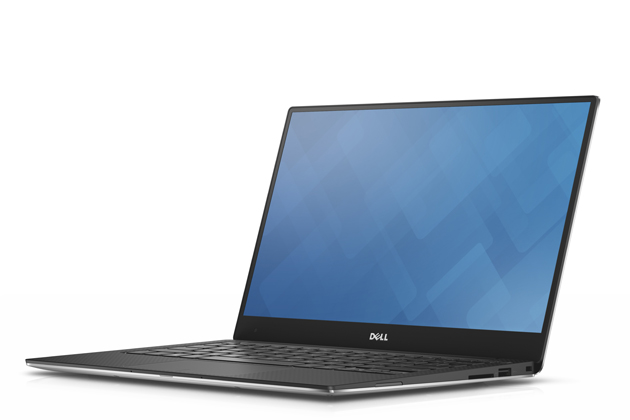
Image source: Dell
Dell's initial solution was to place the camera below the screen, known as the "nose hole perspective." Although not ideal, it allowed the XPS series to maintain a screen-to-body ratio significantly higher than the industry average for a prolonged period.
Similarly, Huawei launched the MateBook X Pro, which hid the camera in the key between the F6 and F7 keys on the keyboard. This solution achieved three ultra-narrow sides, with the upper border almost comparable to that of a smartphone, while also physically blocking the camera to meet privacy needs. However, it also had obvious drawbacks: the shooting angle was peculiar, often capturing a "chin close-up" during video conferences.
Another idea was to "attach" the camera externally, like Honor's attempt with a magnetic camera fixed in a metal slot above the screen. This allowed for a normal angle when needed and could be removed entirely when not, enabling a more extreme upper border design. However, this increased the risk of losing the accessory.
In a more radical approach, some turned their attention to under-display cameras. Mobile phone manufacturers have attempted this multiple times, but laptop manufacturers have been more cautious. Nonetheless, Lenovo actually has an early layout in under-display cameras.
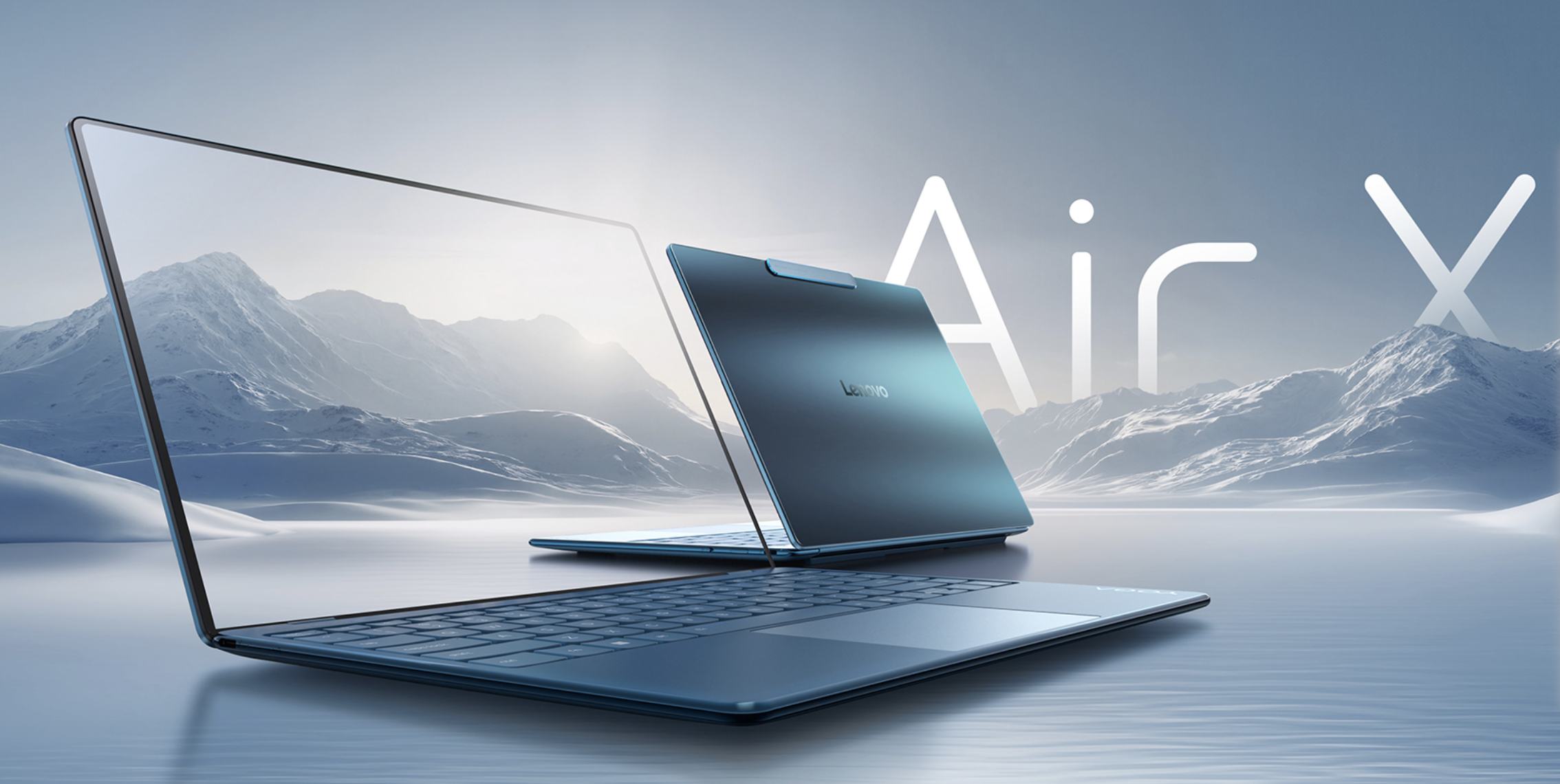
Image source: Lenovo
At CES 2021, Lenovo showcased a laptop prototype with an under-display camera. At CES 2025, Lenovo introduced the Lenovo YOGA Air X AI Yuanqi Edition — the first laptop with an under-display camera.
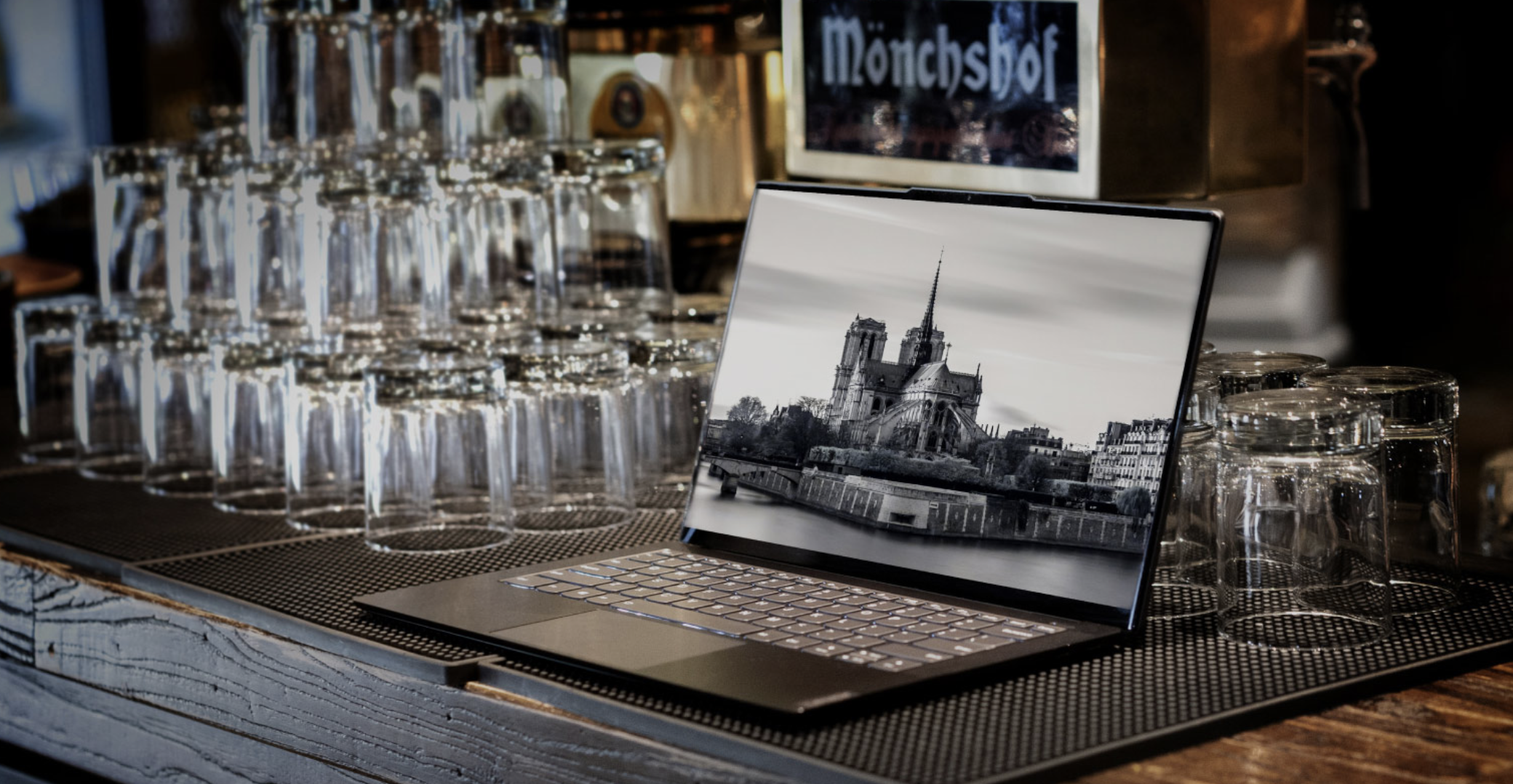
Image source: Lenovo
However, considering cost, Lenovo's "forehead bulge" solution is indeed the "optimal solution" that strikes the best balance between design and functionality. Interestingly, Lenovo was not the only laptop brand to experiment with the "forehead bulge" design at the time. In 2018, LeiTech first saw the Yoga S940 engineering machine; ASUS also introduced its own "forehead bulge" design that year.
However, in subsequent products, ASUS did not adhere to this bold solution, while Lenovo saw its potential and has continued it to this day, influencing laptop design language in recent years.
As mentioned, Lenovo's approach balances design and functionality. What happens if this balance is not maintained?
There are such examples, with the "notch MacBook" being criticized for years as the most typical representative. Everyone can see that the MacBook's "notch" was originally intended to accommodate Face ID, allowing laptops to use the same facial recognition experience as the iPhone.
However, due to technological limitations in realizing ultra-thin Face ID components, Face ID has yet to land on the MacBook. Instead, the notch remains in the mold and system design, becoming a "tumor" that permanently occupies space without practical function.
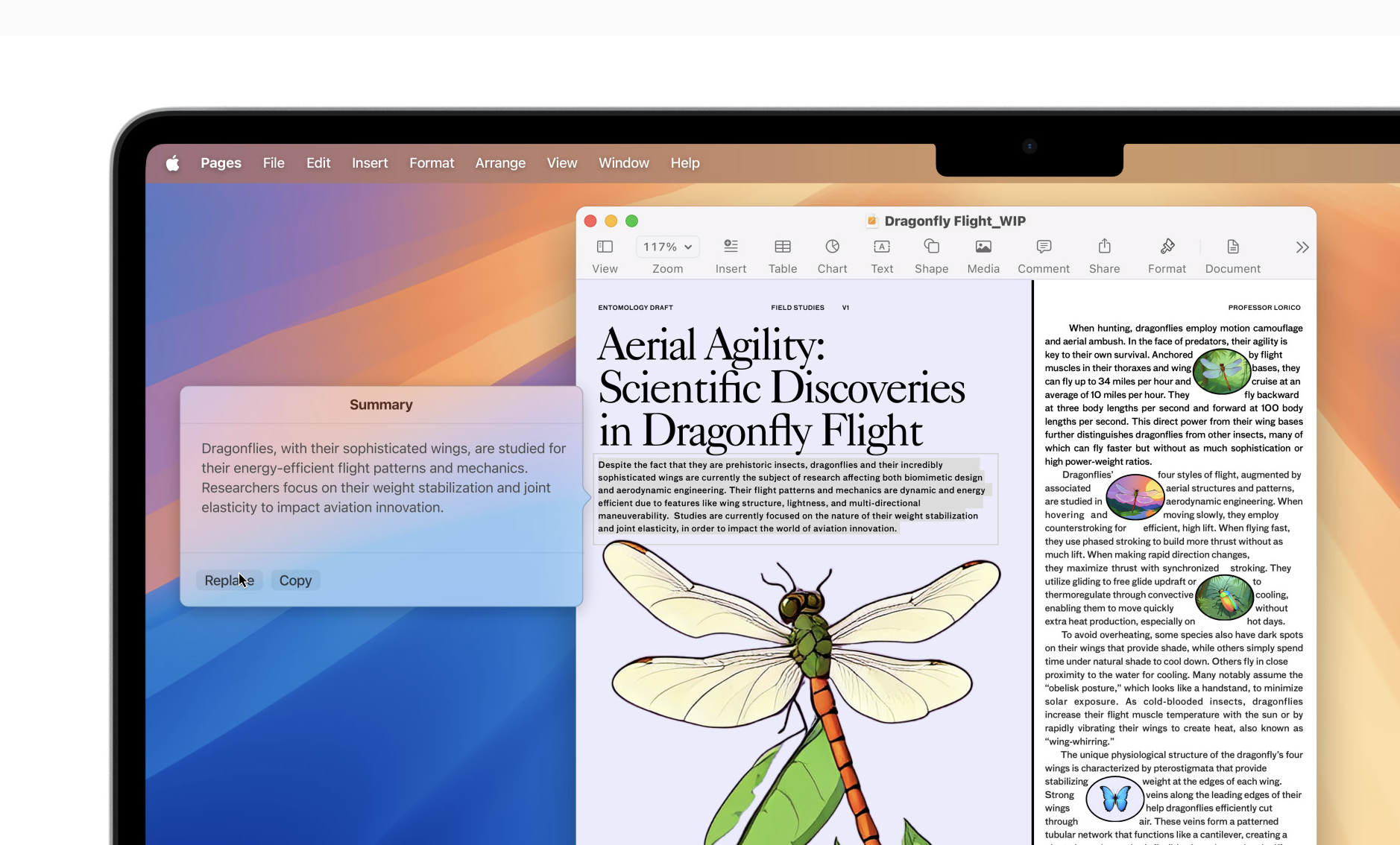
Image source: Apple
The side effects of this design are evident. Although macOS adjusts the menu bar layout to distribute icons on both sides of the notch to avoid obstruction, visual separation still exists. In full-screen applications, the interface content must accommodate the notch, resulting in wasted display space. In specific situations, text and icons may be obscured by the "notch," making users feel its "redundancy".
In LeiTech's view, this is the result of a disconnect between design and technology — the design department made structural concessions based on future functionality, but the technology department failed to deliver within the product cycle. Users are left with an experience that is not upgraded but rather a gap that cannot be ignored or explained.
In industrial design, this situation where "space is prepaid for the future" but functionality is slow to arrive is the worst: it not only consumes physical space but also erodes users' patience and trust. The notch MacBook is precisely such a negative example — it has not become a carrier of technological innovation but a grievance that lingers for years.
Can under-display camera technology, already mature in mobile phones, save laptops from the plight of "notches" and "foreheads"? Frankly, LeiTech is not optimistic in the short term.
On the positive side, OLED screens have become popular in laptops in recent years, to some extent removing the "pre-obstacle" for under-display cameras. However, laptop screens are much thinner than mobile phone screens. Integrating an "acceptable quality" under-display camera in a space of less than 5 millimeters, preferably with an infrared camera for face recognition and a shield for user privacy, will be a significant technical challenge.

Image source: Lenovo
Of course, overcoming technical challenges is what computer brands thrive on. At CES 2025 earlier this year, Lenovo introduced the YOGA Air X AI Yuanqi Edition — the world's first laptop with an under-display camera equipped with Visionary enhancement features, also the world's first laptop with a 98% screen-to-body ratio.
As for when we will see another "revolutionary" laptop design, we believe the answer will be revealed at CES early next year.
It's worth mentioning that Lenovo has officially announced that the "largest-ever Lenovo Tech World innovation technology conference" will be held during CES 2026, debuting at the Sphere venue in Las Vegas, USA. Lenovo Group Chairman and CEO Yang Yuanqing will attend the 11th Tech World Conference, delivering a CES keynote speech, unveiling the latest products and innovations, and showcasing Lenovo Group's AI-centric innovation strategy for the next few years. If all goes as planned, Lenovo will showcase cutting-edge innovations in AI PCs and PC design, with LeiTech's CES 2026 reporting team closely following the event.
Source: LeiTech
Images in this article are from: 123RF Licensed Image Library. Source: LeiTech

